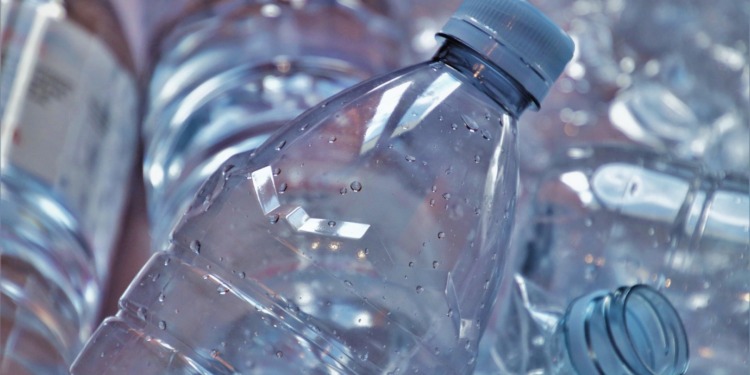For the first time, mineral water has been found to contain “forever chemicals” in several European countries. The analyzed water was contaminated with trifluoroacetic acid (TFA), a toxicant that is increasingly prevalent around the world.
TFA is a polyfluoroalkyl (PFA) substance, colloquially referred to as a “forever chemical” due to the fact it can take hundreds or even thousands of years to degrade. Scientists believe that the TFA contamination comes from increasing pesticide use throughout Europe and the world.
TFA was detected in 10 out of 19 mineral waters tested by Pesticide Action Network Europe (PAN Europe). They were found at levels up to 32 times the standard that would require regulatory action from the European Union. Authors from the PAN Europe report called for “urgent action,” even proposing limits on TFA pesticides.
93% of more than 600 water samples from Belgium were found to have TFA, particularly in regions with more agriculture. Switzerland found TFA to be in nearly all of the country’s mineral water. In the state of Michigan in the United States, every rainwater sample was contaminated with TFA.
Mineral water has long been thought to be pristine and free of dangerous chemicals as it comes from natural springs. PAN Europe researchers argue that it is likely not mineral water producers’ fault but more likely an inevitable consequence from high pesticide use.
“This has gone completely under the radar and it’s concerning because we’re drinking TFA,” said Angeliki Lysimachou, a co-author of the report. “It’s much more widespread than we thought.”
TFA is also one of the hardest chemicals to remove from water. Most filtration technologies that can effectively remove other PFAs struggle to scalably address TFA pollution.
PFAs have long been established as widespread pollutants all over the natural world. TFA has since been seen to be found at levels much higher than other “forever chemicals.” As such, researchers around the world have been trying to find out just how bad the issue is and how to fix it.
Related Articles: Water Could Limit Our Ability to Feed the World. These 9 Graphics Explain Why | Health Flows From Safe Water | As Cities Grow Across Africa, They Must Plan for Water Security | Small Loans for Safe Water: Unleashing Women’s Power
TFA is also used as a “safe” replacement for other greenhouse gases, such as Chlorofluorocarbons (CFCs), often used in the production of clean energy. Still, TFA has been found to be a polluting greenhouse gas on its own, staying in the atmosphere for around 1,000 years. Around 60% of PFA forever chemicals manufactured from 2019 to 2022 were gases that turned into TFA.
TFA use, as well as PFA use more generally, has been on the rise for a while. Many manufacturers have claimed it is a safer alternative to PFAs and greenhouse gases but this has been refuted by independent research. Today, around 40% of active ingredients in pesticides from the United States are PFAs.
Also in the US, the Environmental Protection Agency (EPA) has excluded TFA from classification as a PFA, meaning its use faces fewer regulatory obstacles. Public health groups say that the EPA faces pressure from agricultural lobbies due to its help in high-scale agriculture production and in turn, profits.
In Europe, European Commission is proposing a ban on two widely-used pesticides that contain TFA. TFA itself could soon be classified as a reproductive toxicant.
So how can the TFA contamination problem, already so widespread, be addressed? PAN Europe’s report suggests that the European Commission proposal is a step in the right direction. “The first step is to ban the most widespread sources of TFA, the PFAS pesticides,” PAN’s report states.
Editor’s Note: The opinions expressed here by the authors are their own, not those of Impakter.com — Cover Photo Credit: Pasja1000.










